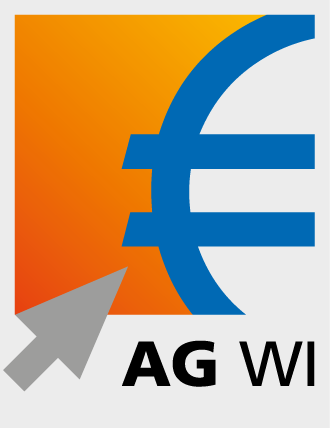Occupancy Forecasting for Hotels with Machine Learning

Forecasting daily occupancy is very important for revenue management in a hotel. This can be challenging as occupancy values can fluctuate greatly. A study was conducted to try to make forecasts for sixteen hotels in Berlin using traditional methods that revenue managers use, and how applying machine learning methods can improve the accuracy of these forecasts. We examined five forecasting methods, including Exponential Smoothing (ETS), AutoRegressive Integrated Moving Average (ARIMA), Support Vector Regression (SVR), Random Forest Regression (RFR), and Long Short-Term Memory networks (LSTM). The results show that machine learning methods consistently outperform traditional time series methods. SVR outperforms all other forecasting methods. In addition, an attempt was made to create a group forecast by combining the data from all sixteen hotels. It was found that the true behavior of the group forecast may be a more complex phenomenon than the forecast of a single hotel.
In the analysis, it could be tapped that machine learning models can be used to create more accurate forecasts for hotel occupancy. There are many different ways in which prediction can be improved in these frameworks. In addition to the LAR (Lowest Available Rate) used in the analysis, information about different room types could be added.
In addition to using explicit datasets, we can also use implicit information such as user ratings, location information, events, and the user's willingness to pay a certain amount for a room to improve the prediction. Another very interesting area of research is improving the performance of machine learning models using ensemble approaches.





